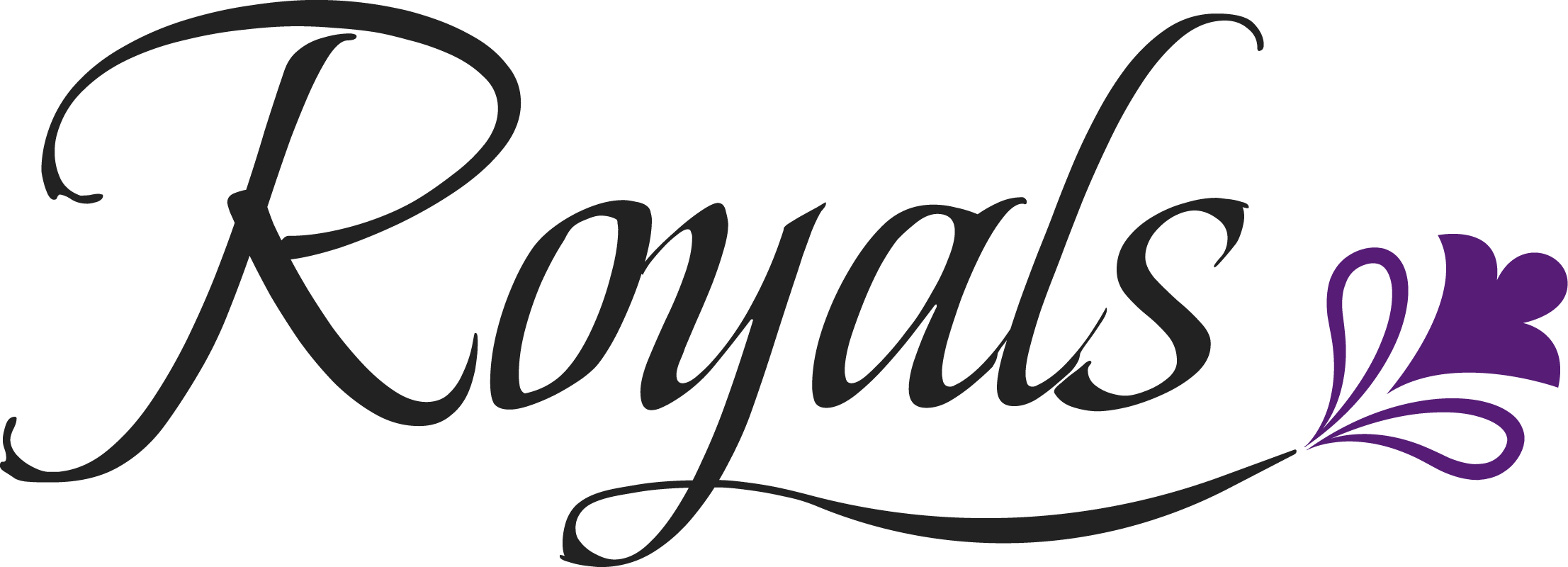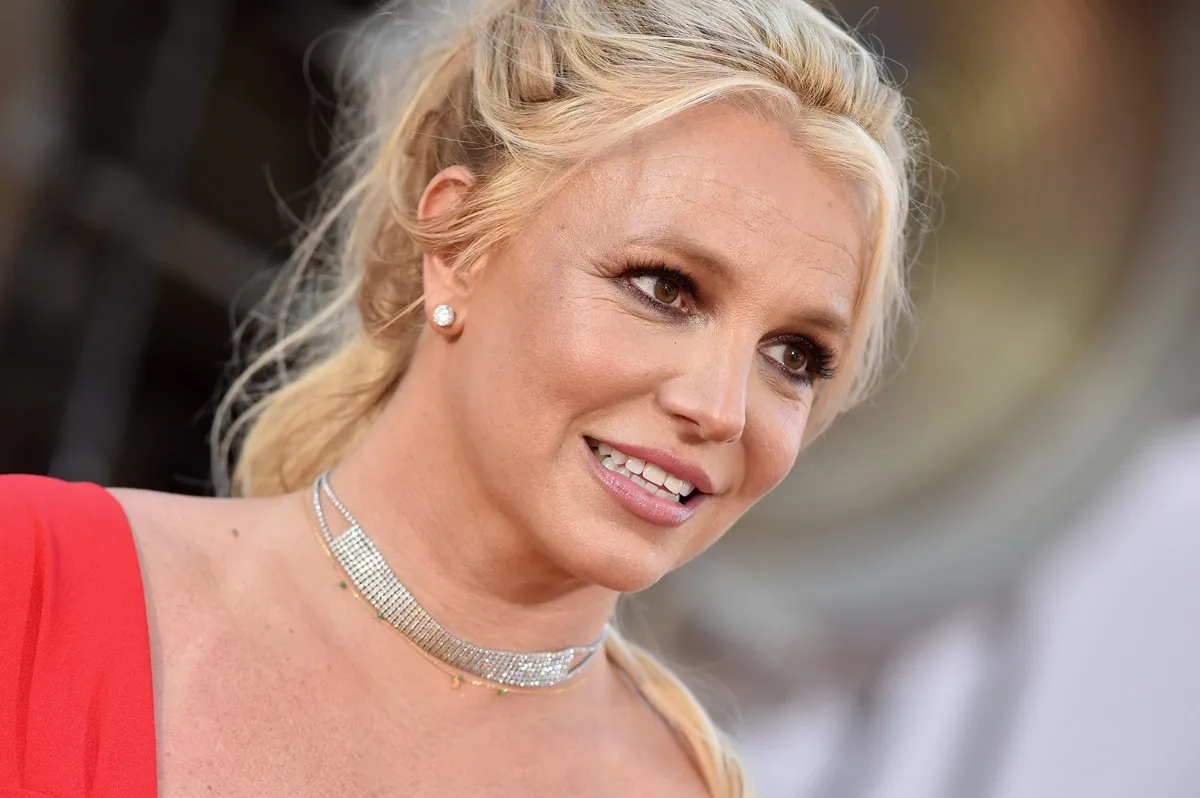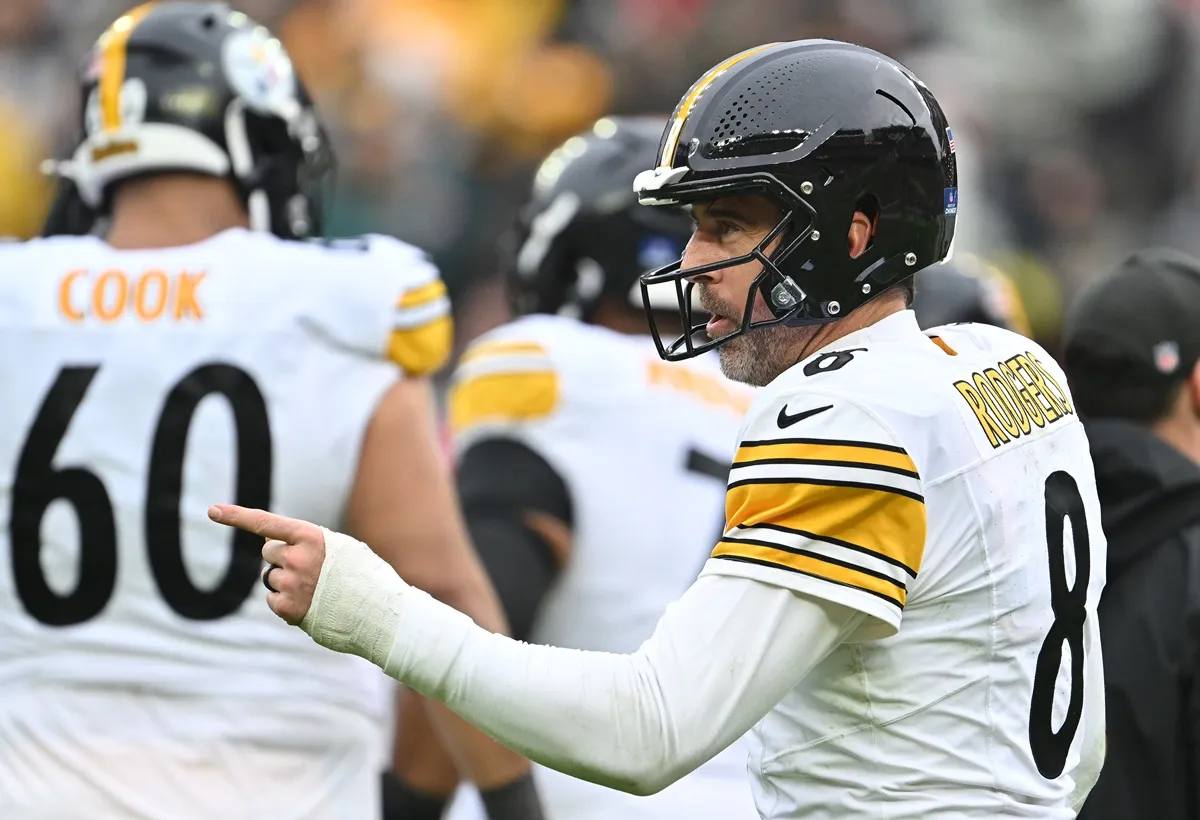How Is Queen Elizabeth II Related to Queen Elizabeth I?
Though it might be hard to imagine now, Queen Elizabeth II wasn’t always the queen. She was born Princess Elizabeth. And when she succeeded her father to the throne, she had to decide what she wanted to use as her regnal name. Regnal names consist of a name — Elizabeth, in this case — plus a Roman numeral, which makes each sovereign’s name unique.
But have you ever thought about why Queen Elizabeth II is the second Queen Elizabeth? Who was Queen Elizabeth I? And how is Queen Elizabeth II related to Queen Elizabeth I? Here’s what you need to know.
Who was Queen Elizabeth I?
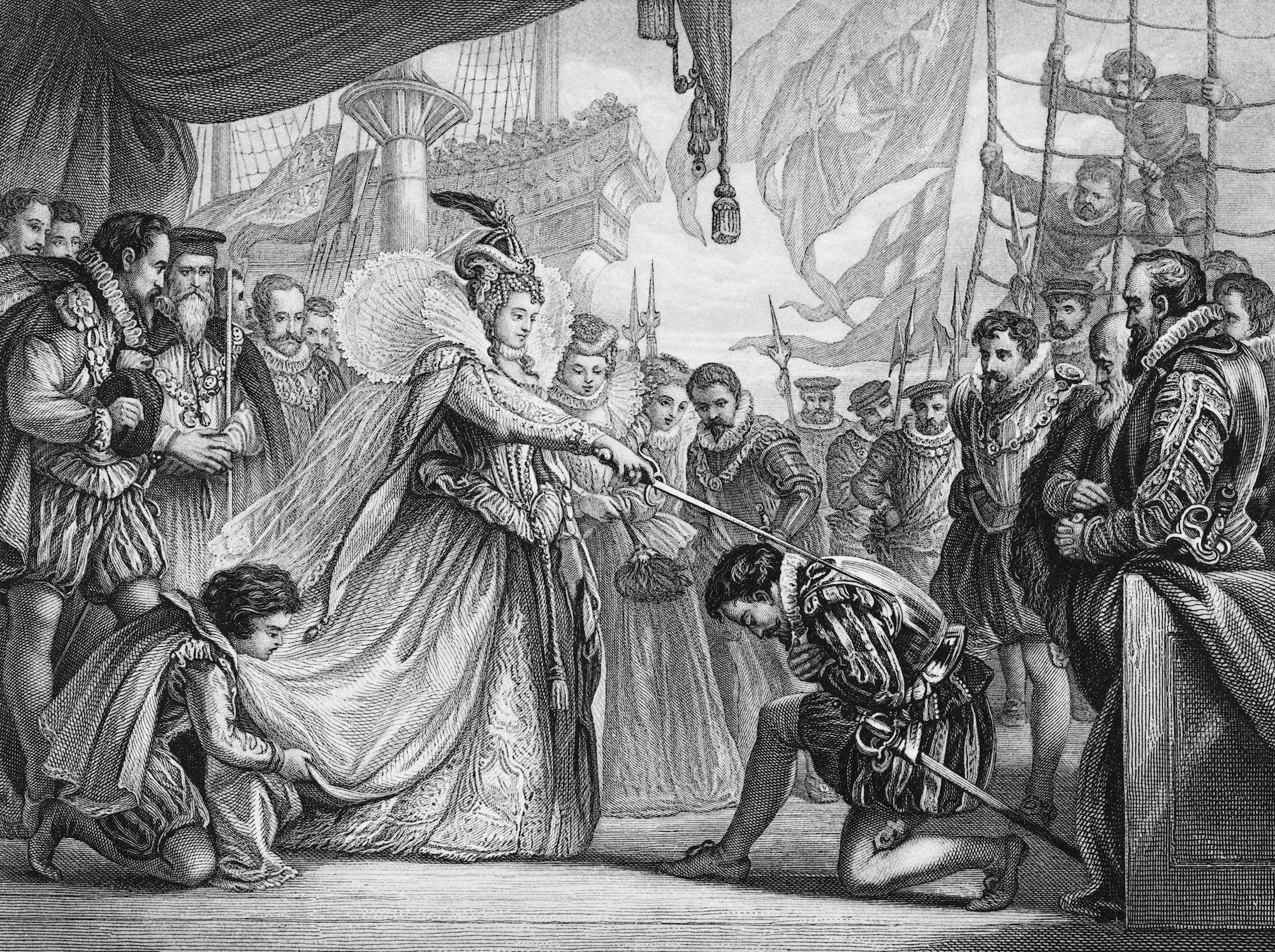
As Royal Central notes, Queen Elizabeth I was England’s first Queen Elizabeth. She once held the record as the longest-ruling queen of England, reigning for 44 years between 1558 and 1603. As the daughter of King Henry VIII and his second wife, Anne Boleyn, Queen Elizabeth I was born a princess. But she was declared illegitimate through what Biography characterizes as “political machinations.” But eventually, upon the death of her half-sister, Mary Tudor, she took the crown. Her reign is referred to as “the Golden Age” or the era of “Elizabethan England,” a time of peace and prosperity.
Royal Central reports that though we use the Roman numeral “I” now, that’s not how the first Queen Elizabeth wrote her name during her reign. But during her time, she was simply known as Elizabeth of England. At the time of Queen Elizabeth II’s accession to the throne in 1952, historical references were changed to include the “I” to prevent any confusion.
How is Queen Elizabeth II related to Queen Elizabeth I?
Queen Elizabeth I had no children. So with her death came the end of the house of Tudor, the family that had ruled England since the late 1400s. As several Quora users discuss, that means that Queen Elizabeth II isn’t directly descended from Queen Elizabeth I herself. But they are related. As the daughter of King Henry VIII, Queen Elizabeth I was the granddaughter of King Henry VII. Queen Elizabeth II is also related to King Henry VII because his daughter Margaret married into the House of Stuart in Scotland.
When Queen Elizabeth I died without an heir, Margaret’s great-grandson James VI of Scotland became the new monarch, reigning as King James I of England. Just as the throne passed from the Tudors to the Stuarts, it then passed to the Hanovers. The Hanovers established the house of Saxe-Coburg and Gotha. That house was renamed the House of Windsor, to which Queen Elizabeth II belongs.
So who was their last common ancestor?
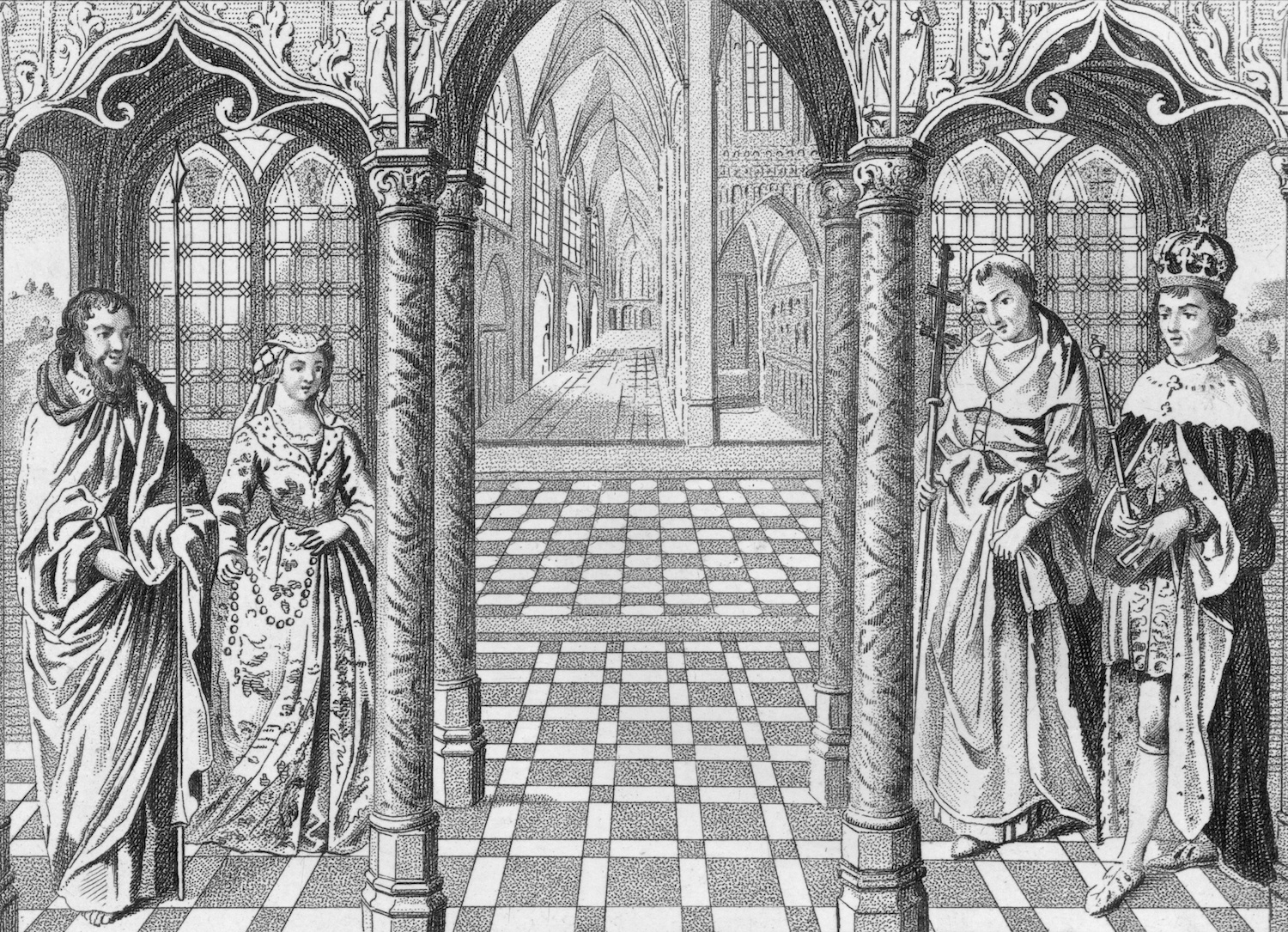
Confused? We don’t blame you — the royal family tree and the line of succession is famously complicated. Put another way, Queen Elizabeth II is related to Queen Elizabeth I through a common ancestor: King Henry VII. That means that Queen Elizabeth II is the first cousin of Elizabeth I, either 13 or 14 times removed, depending on whom you ask. As one Quora user helpfully outlined it, Queen Elizabeth I’s descent from Henry VII is:
- Henry VII
- Henry VIII
- Elizabeth I
Queen Elizabeth II’s is much longer. But you can still see how she descended from Henry VII, the ancestor she has in common with Queen Elizabeth I:
- Henry VII
- Margaret Tudor
- James V, King of Scots
- Mary I, Queen of Scots
- James VI and I (descended from Margaret Tudor on his father’s side)
- Elizabeth Stuart, Queen of Bohemia
- Sophia of Hanover
- George I
- George II
- George III
- Edward, Duke of Kent
- Victoria
- Edward VII
- George V
- George VI
- Elizabeth II
Why did Queen Elizabeth II choose her regnal name?
Queen Elizabeth II is distantly related to Queen Elizabeth I. But that’s probably not why she chose to reign as Queen Elizabeth II. Royal Central reports that most monarchs of the United Kingdom have used their baptismal name as their regnal name. Queen Victoria, born Alexandrina Victoria; King Edward VII, born Albert Edward; and King George VI, born Albert Frederick Arthur George, are the three exceptions.
When Princess Elizabeth Alexandra Mary became queen in 1952. When she was asked what regnal name she would take, she reportedly replied, “My own of course — what else?” When the queen dies, she will be succeeded by her son, Prince Charles. And many people think that he might adopt a different regnal name because of the unfortunate associations with previous monarchs named Charles.
Read more: Is the Queen Related to Her Husband, Prince Philip?
Check out The Cheat Sheet on Facebook!
